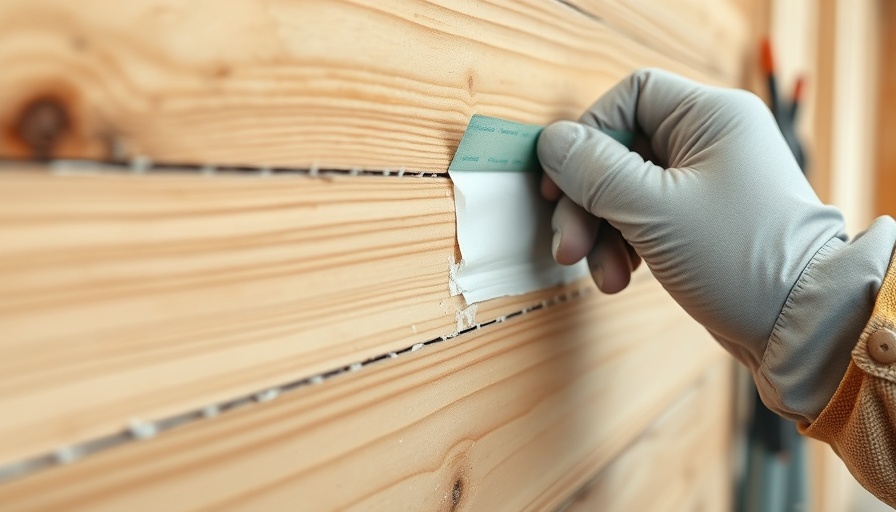
Chicago's Green Social Housing: A Sustainable Future
In a significant move towards sustainable living, Chicago's Mayor, Brandon Johnson, recently introduced the Green Social Housing (GSH) enabling ordinance to the City Council. This innovative approach aims to tackle the pressing affordable housing crisis while integrating eco-friendly practices into residential development.
Understanding the Green Social Housing Model
The GSH initiative seeks to create affordable, mixed-income housing by utilizing a revolutionary funding model. With a $135 million revolving loan sourced from the City's $1.25 billion housing and economic bond, the project intends to eliminate reliance on traditional federal subsidies. This approach is not just about affordability; it prioritizes sustainable construction, reducing carbon emissions, and minimizing utility costs through Green Building Standards.
Community and Environmental Impact
Mayor Johnson emphasized the dual benefit of the GSH ordinance: addressing the need for affordable housing and advancing environmental justice. Currently, Chicago faces an overwhelming shortage of over 119,000 housing units, with 51% of residents burdened by rent costs. GSH plans to make at least 30% of the new developments permanently affordable for households earning up to 80% of the area’s median income, ensuring that sustainability does not come at the cost of accessibility.
A Fascinating Future for Housing Development
The GSH developments promise not only homes but also features like onsite greenhouses, integrating agriculture into urban spaces. This potential addition speaks volumes about the future of urban living, where residents can engage with their environment and contribute to food sustainability.
What This Means for Residents
By fostering affordable housing alongside sustainable technologies such as solar, wind, and geothermal energy, the GSH model aims to improve residents' overall health and wellness. With the promise of reduced carbon footprints and utility bills, the community can enjoy enhanced living standards, making the city a pioneering example of social and environmental responsibility.
In conclusion, the Green Social Housing initiative represents a turning point for Chicago, combining affordable housing solutions with a strong commitment to environmental stewardship. This initiative is more than a policy shift; it’s a bold step towards crafting resilient and inclusive communities. As Chicago takes these strides, it not only meets the immediate needs of its citizens but also sets an inspiring precedent for cities nationwide.
 Add Row
Add Row  Add
Add 






Write A Comment